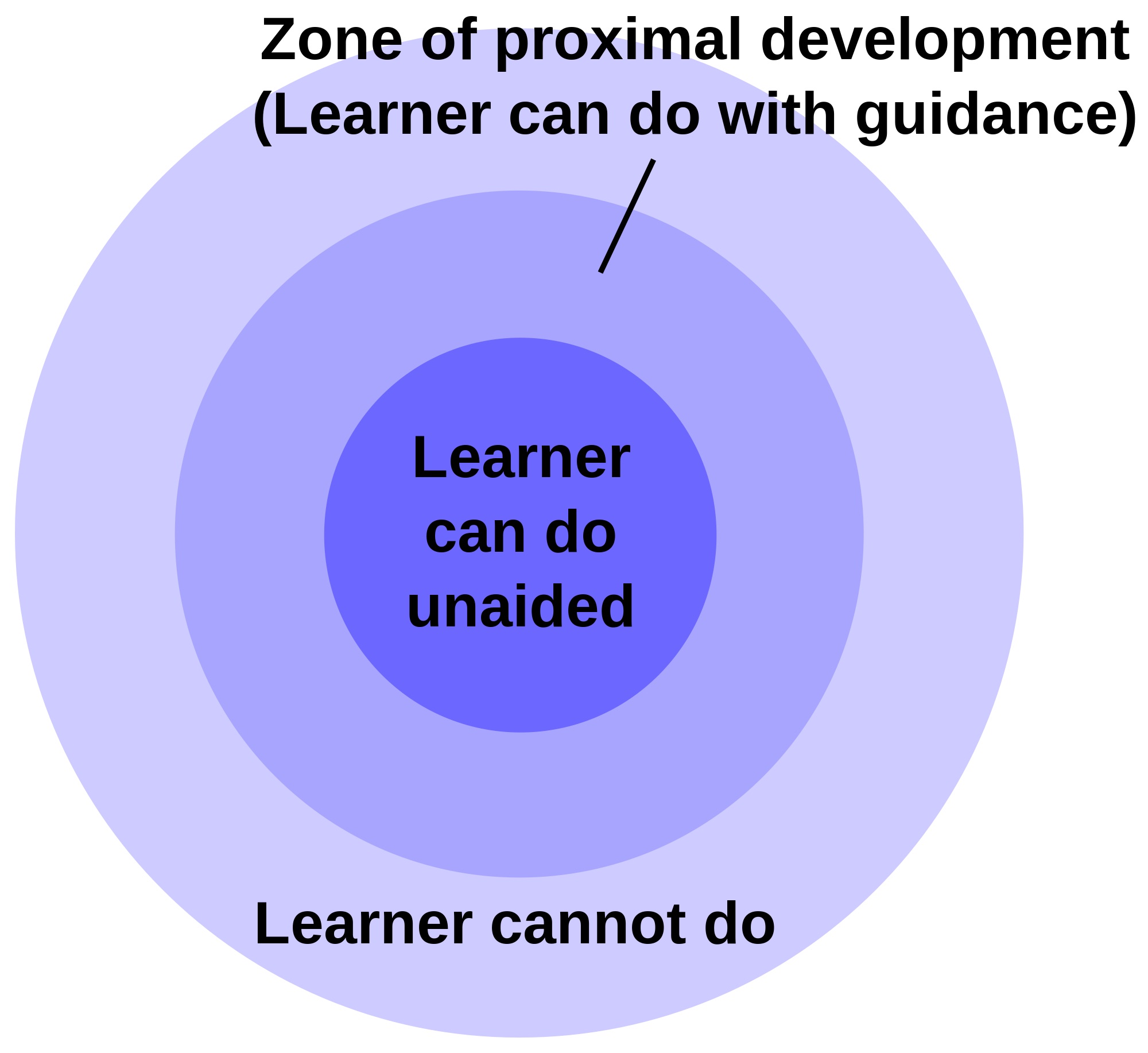This post also focuses on complex ecologies, found in education, not the wild. It reviews the adoption of an ePortfolio in our Therapeutic Herbalism Masters program at Maryland University of Integrative Health, which was designed to accomplish three main tasks:
- Encourage and provide opportunities for our students to experience meta-cognitive learning about the competencies they have acquired/developed..
- Create a professional web presence for the student to market their expertise.
- Assess whether our program learning outcomes are being met in the classroom.
The Student Learning Portfolio allowed student to collect artifacts of their acquired competencies. These were often based on assignments from each of their courses. Ideally, they reflected skills developed, competencies, and career readiness resulting from each course and the integration of those experiences. The process was meant to enhance the ability of students to be self-sufficient reviewing their ability to succeed in a chosen profession.
Their final product was creation of a Professional ePortfolio, where the competency artifacts selected by a student showcased the knowledge, skills, and abilities that are in demand in the professional marketplace.
During our review of the tool it became apparent two important lynch pins were missing. Firstly was the articulation of appropriate professional competencies as measurable program learning outcomes. Secondly, our faculty had limited experience applying learning outcomes and reviewing meta-cognitive tools such as the ePortfolio. They were not prepared to highlight the connection between chosen artifact from their course, as well as the underlying learning process and how it was linked to an overriding professional competency.
A series of faculty retreats refined more effective and measurable program learning outcomes. In addition, the institutional assessment process that emerged out of a regular Middle States Higher Education Commission review of the university helped create more specific measurement goals. The combined effect enabled both faculty and students to identify appropriate artifacts and learning processes.
We articulated specific competencies that were missing or ill-defined in previous versions, including:
- Improved research literacy skills – finding and assessing the validity of scientific research – in support of their analytical work on assignments.
- Succinct summarization of primary, peer-reviewed resources and the synthesizing of new ideas from those summaries that contribute unique ideas to the field
- For clinical students, populated their portfolio with case study write-ups.
- Created effective narratives of how they worked with incomplete data (medicine making, research or diagnosis) in finding a solution using iterative problem solving.
Other challenges that appeared included the need to help students learn how to select learning artifacts that reflect project-based learning. Since the feedback loop in assessment provides data about how program outcomes are being met in the classroom, the process of student metacognitive review of both object and learning processes revealed difficulty in effectively linking the two.
Apparently this is not unusual in ePortfolio development (Land & Greene, 2000). At the core of this issue is the requirement for more engaged and knowledgeable faculty to embed assignments and course long assessment arcs focused on strengthening the linkage between an object (paper, case study, etc.…) and the underlying programmatic learning objective.
Faculty training in applying ePortfolio to their own professional development would improve their the ability to guide students into choosing suitable learning artifact and how to articulate those to employment marketplace.
Reference
Land, S.M. & Greene, B.A. (2000) Project-based learning with the world wide web: A qualitative study of resource integration. Educational Technology Research and Development. 48: 45. https://doi.org/10.1007/BF02313485.
